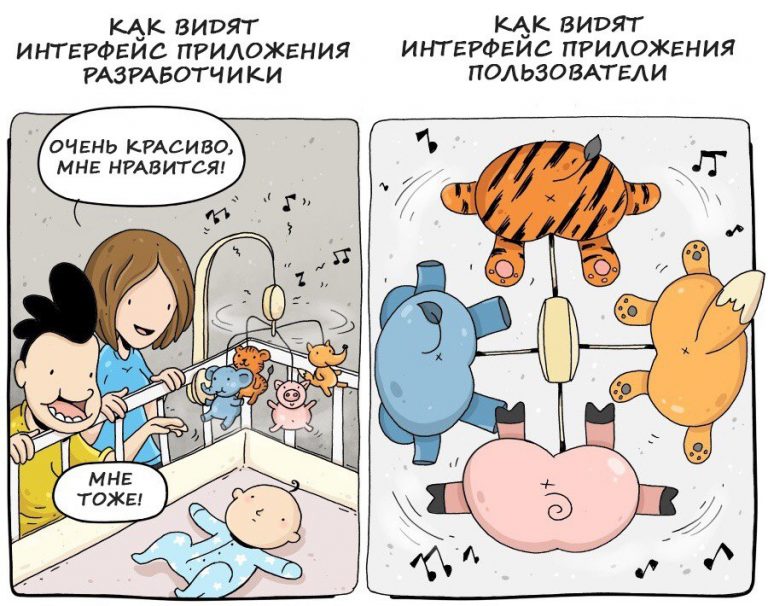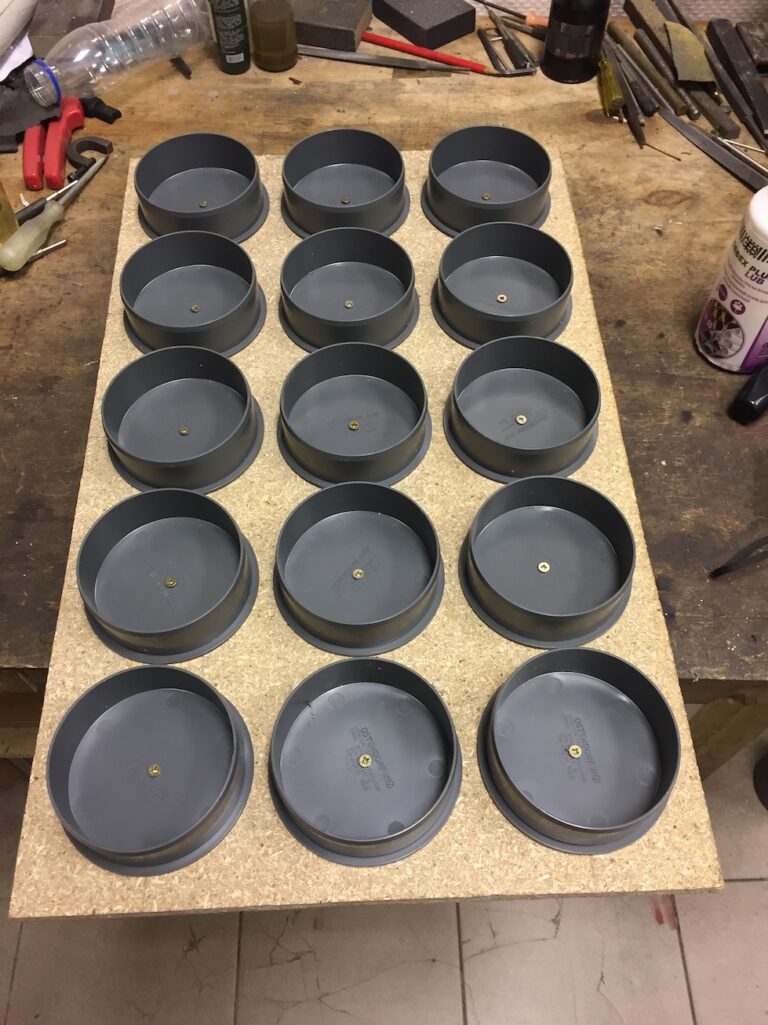METEOR. What can? How is it useful?
Hello! Team in touch METEOR Cloud. Previously published article-acquaintance, where we talked about ourselves and the new task tracker for any company that our team made. We received many questions regarding the capabilities of METEOR. Therefore, we will tell you more about the functionality, consider in detail the interface and methods of operation.

We recommend this material as a small textbook on how to build accounting in companies and teams with a large number of tasks.
What makes METEOR an effective tool? We'll start answering this question with the tools where users spend the most time: task views.
Attention! It is impossible to talk about it in two sentences METEORso a longread with a lot of screenshots awaits you.
Types of representations in METEOR
We've learned that views are the most commonly used tool in project management. What types of representations are there and what problems do they help solve?
The types of presentations can be the following:
Task boards
Lists of tasks, and how they develop – task tables
Gantt chart
Before we look at the capabilities of each of them, let's briefly list the tasks assigned to views.
Submissions are needed for:
Volumetric visualizations (how many tasks are in different states, how many resources are involved in solving these problems, how many different states are in the production process). For example, thanks to volumetric visualizations, we will be able to get the following answers: in total there are 4 tasks in work, and 7 tasks are ready, Maria has completed 5 tasks and she still has 2 tasks left in her work, the analyst is currently working on one task and he can take another one from Backlog.

The example is quite abstract, but it gives a good idea of how to quickly visualize the amount of work.
Constructing task samples. Often there is a need to quickly classify tasks according to one or another criterion. For this purpose, there is a large amount of data in tasks. These are time stamps, resources, and various classifiers (project, department, customer, team). In order to quickly build samples, views are supplemented with search and selection tools. For example, let's take the board from the previous paragraph and filter the tasks, leaving only those that relate to the “Order Form”. The board clearly indicates to us that there were two tasks on the “Order Form” and all of them were completed.

Identifying ways to optimize processes. To do this, a range of tools are used that can indicate where the production process can be improved or resource costs optimized. Let's give an example: let's say we have a certain production chain in which the results of the work of one specialist are used by another, in particular, the description made by the analyst is necessary for the developer. To understand that the movement of a task along the production chain proceeds smoothly and without downtime, some analysis tools are needed. In order to evaluate uniformity, it is enough to count the time that tasks are in buffer states (states when no one is working on the task). The image shows that tasks are in progress for several days, waiting for the developer to get to them. In this case, the analyst completes the last task. The analyst has no new tasks, and those that he has already completed work on will still be in the work of the developers for some time. Hence the conclusion – the analyst will soon be idle, and another bottleneck is the lack of developers – they have 3 tasks that are idle.

METEOR put tasks on cards – the main life cycle indicators:
This, without any special tricks, allows you to immediately see where downtime occurs.

Having considered the main purpose of representations, let's move on to their description. And let's start, of course, with task boards.
Task boards
Task boards are an essential tool for convenient visualization of processes, the status of projects and tasks in them, and a tool for quick analysis and answers to management questions.
How many people are busy and how many are not?
What are we working on now?
How long do we actually work, and how long do we wait for someone?
What is our productivity?
These are some of the most important questions that we go to the boards to answer.
And it’s worth starting with the fact that it is not entirely correct to call task boards Kanban boards.
Not all boards are Kanban. And Kanban is not about boards at all. @ Alexey Pimenov, teacher and consultant on modern management methods |
Kanban boards are task boards designed in a specific way to follow lean manufacturing principles. Any team or company can have Kanban boards along with regular boards. Each board has its own purpose. Kanban boards are designed to optimize the production process. Some boards can be used by a manager for analysis or planning, while others can be used by specific people.
IN METEOR 6 types of boards. The method of constructing a board and the use of one or another type of board is determined by its purpose. Perhaps, if you follow the principles of lean manufacturing, then one of the boards will be a Kanban board.
Types of boards in METEOR
Free Boards
This is a type of board on which columns are created at the user’s discretion in a completely free format: the user presses the “Add Column” button, gives it a name, and everything is ready. In such columns you can already place both existing tasks and create new ones. Free boards allow the user, in parallel with the main accounting, to classify tasks according to some of their own criteria, distribute them into columns in a way that is convenient only for themselves. The user can create such boards every day and form columns in them the way he needs today.
Examples of columns on such boards:
Urgent, today
We need to give an answer
Waiting for an answer
Need to think
Check
My favorites
Lena is pestering me, I have to do it
Each user in METEOR can create as many such boards as he likes for himself personally, as well as change or delete them at any time. At the same time, moving task cards along the columns of free boards, deleting columns with tasks, or deleting the entire board DOES NOT CHANGE THE STATE OF THE TASK. Free boards are just folders with links to tasks.
An example of such a board:

On free boards (as on any other) you can always create WIP limits in columns – make the column turn red if there are a lot of tasks on it. We will talk about what WIP limits are and how to use them correctly in one of the following articles.
You can move columns relative to each other:

Set color for task cards:
Once:

Two:

Three:
As a result, you will get a picture that, given a large number of tasks on the board, will allow you to quickly figure out what to pay your attention to first.

The order of tasks on free boards is always the same – only the one you set. You move cards within or between columns, and whatever order you line them up in is how they will remain on the board.
Recommendation:
Use such boards for personal micro planning and also as favorites.
Action boards (by status)
This is the most common type of boards, which is used for simultaneous work of several employees or an entire team.
On such boards, the columns are Statuses. Status is a special reference book that determines the state of a task. In the well-known tongue twister sequence ToDo – In Progress – Done ToDo – this is the status, meaning that no one has started the task yet. InProgress is a status that means that someone is working on a task, and Done indicates that the task has been completed.
Moving tasks between columns on such boards leads to a change in the status of the task, and a record of the change in status is recorded in the task history.
Action boards (by status) are the most important communication tool for team members. Masha, sitting in Vologda, moves the task between the columns, changing its status, and Petya sees this change in Syktyvkar and understands that it’s time for him to take on his part of the work on the task.
Such boards look almost the same as free ones, only the Color Wheel corresponding to the selected Status appears in the column headers and the name of the Status is displayed.

Columns on such boards are created by selecting a status value from the list:

When you add a new column corresponding to status, it may appear on the board along with tasks. This happens because there might already be tasks on the selected status.
If you suddenly need to create a new status, you can do it directly from the list:

Status boards can only be your private or public. In the overwhelming majority, they are still made public for the work of the entire team.
A little later we’ll tell you what private boards are and what public boards are and how they differ.
You can set a WIP limit on status board columns.
But you won’t always be able to create a task by clicking on the plus sign in the column header. The presence or absence of a plus sign in the column header tells us whether we can create tasks on this status or not. This is set in the WorkFlow settings (workflow for tasks of a certain type).
Action boards (by performers)
The main difference between this type of boards and Action boards (by status) is that the columns here are not statuses, but executors assigned to tasks. These are a kind of resource boards that help you see how busy people are.
You can create an Action Board (by performers) by selecting the appropriate type in the drop-down list when creating it:

After you add columns with the necessary executors to the board (and this is done in exactly the same way as for status boards), you will see that each column contains tasks assigned to a specific executor.

When dragging task cards between columns, the assignee in the task will be reassigned automatically. And deleting columns will not lead to data loss in tasks.
This type of board is very convenient for both assessing and planning the workload of people.
Action boards (by version)
You may already have guessed that Action Boards (by Versions) are boards similar to those we described in the previous two sections, except that the columns here will be Versions.

Versions in METEOR There can be not only versions and releases, but also Sprints. Therefore, you can make a board to quickly assign tasks to a particular sprint or backlog. Note that the various backlogs are also separate items in the Version reference, so they need to be specifically added to the board. But the “Without Sprint” column contains those tasks that were not included in any sprint and were not defined in any of the backlogs. Working with backlogs is convenient when grooming (prioritizing) tasks.

But still, the full functionality of sprints is located in a separate section. We will also touch on it in one of the following articles.
Filter boards
Filter boards with columns defined by a filter are a special type of task board. The peculiarity here is that tasks are typed into each column in accordance with the filter settings saved for each column.
For example, in the first column you can place tasks of analyst Andrey, in the second – tasks with the statuses “In work” and “In testing”, and in the third – tasks with high priority.
This way of organizing the board can lead to the fact that the same task can appear on the board in several columns at the same time – this is absolutely normal for filter boards. But this behavior does not make it possible to enable the functionality of transferring tasks between columns using drag and drop.
We also call such boards monitoring boards. They are convenient because they are kind of dashboards that display the status of tasks in a form that is convenient for you. In fact, filter boards could be replaced with free boards, but there is one peculiarity – tasks must be placed on free boards manually, but on filter boards they will appear automatically as soon as they fall under the filter conditions of a particular column.
For now METEOR does not provide the ability to independently configure filter boards, therefore, if you have such a need, our support will make these settings for you, and at the same time help you correctly formulate the conditions for the filter.
Conclusion
This time we touched on task boards. In the next article we will talk about task lists and Gantt charts. These two views are also very commonly used in project management and deservedly deserve careful consideration.
Ask questions in the comments, express your suggestions. We always welcome feedback from you.
Thank you for your interest in this material!



